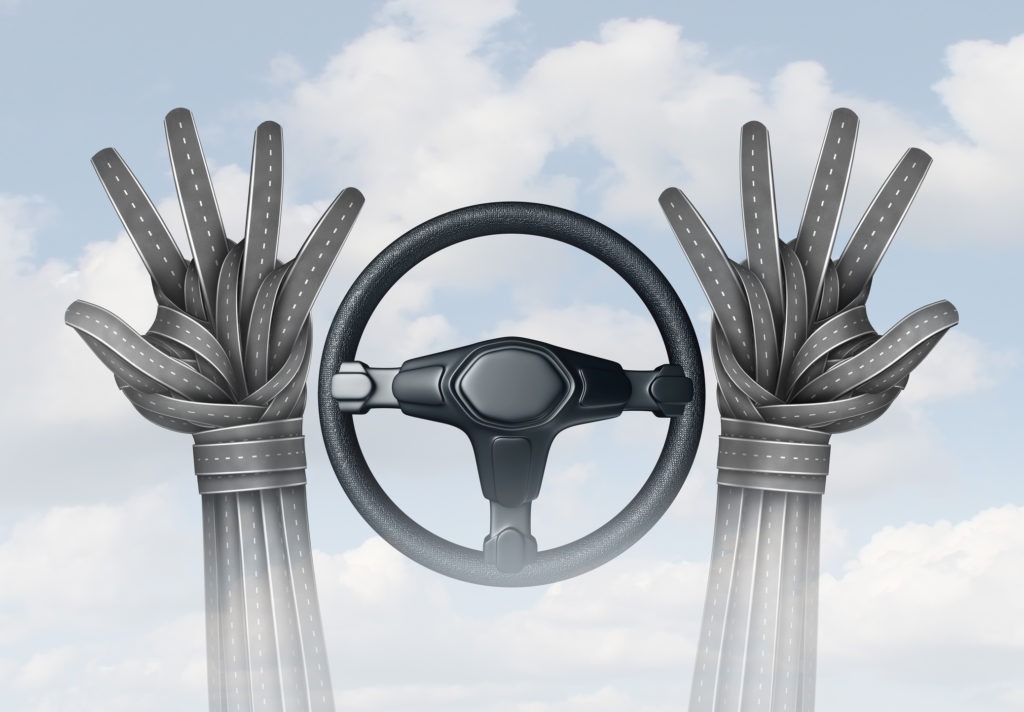Insurance firms unite to highlight confusion of autonomous technologies
02 August 2017

2 August 2017
British insurers have stated that a clear distinction between ′assisted’ and ′automated’ systems is fundamental as driverless technology increasingly becomes a feature on the country’s roads.
As vehicles with different levels of autonomy filter onto the market, and important and wide-reaching changes being defined by international regulators on what Assisted and Automated systems can and can’t do, the Automated Driving Insurer Group (ADIG), led by the Association of British Insurers (ABI) in collaboration with Thatcham Research, has released a white paper setting out the latest position of UK insurers.
The ′Regulating Automated Driving’ paper is set to reveal that UK insurers strongly support vehicle automation in the firm belief that it will deliver a significant reduction in accidents. However, there are real concerns about driver confusion caused by so-called intermediate automated systems. Such systems offer significant self-driving capability but require the driver to take back control of the vehicle in certain circumstances.
With different ′levels’ of autonomous driving, the most contentious appears to be Level 3, where a vehicle will drive itself, however the occupant must always be ready to take control at any time. Some vehicle manufacturers have decided to bypass this level in their development of driverless technology, arguing that it is either pointless or dangerous. However, Audi recently included Level 3 autonomy in its new A8 after Germany passed a law allowing drivers to cede full control of their cars to Level 3 or 4 autonomous systems.
Companies have also been working on software solutions, with Bosch recently demonstrating a backup system that will pull the vehicle to the side of a road should a human not take over when required.
However, when it comes to insurance, the amount of control a vehicle has could provide a grey area on claims, especially if an accident were to occur with a pedestrian or other non-driverless vehicle. Peter Shaw, Thatcham Research CEO, comments: ′Vehicles with intermediate systems that offer assisted driving still require immediate driver intervention if the car cannot deal with a situation. Systems like these are fast emerging and unless clearly regulated, could convince drivers that their car is more capable than it actually is. This risk of autonomous ambiguity could result in a short-term increase in crashes.’
The paper suggests that a clear distinction between Assisted and Automated systems should be made by International Regulators considering design standards for these vehicles. Therefore, a vehicle should be clearly identified and marketed as Automated only when the driver can safely disengage in the knowledge that the car has sufficient capabilities to deal with virtually all situations on the road; If a vehicle encounters a situation it can’t handle, it has the ability to come to a safe stop; The autonomous system can avoid all conceivable crash types and can continue to function adequately in the event of a partial system failure; Both insurers and vehicle manufacturers can immediately access data to identify whether the driver or vehicle is liable in the case of an accident, without ambiguity.
′The insurance industry strongly supports the development of automated driving technology – which we see as the logical conclusion to work over several decades to reduce the numbers of people killed or seriously injured on the roads,’ comments James Dalton, Director of General Insurance Policy at the ABI. ′However, we know all too well from conventional vehicles that drivers often misunderstand what their vehicles can and can’t do. Therefore, consistent standards are needed so that those taking up automated driving technology can do so with confidence.’